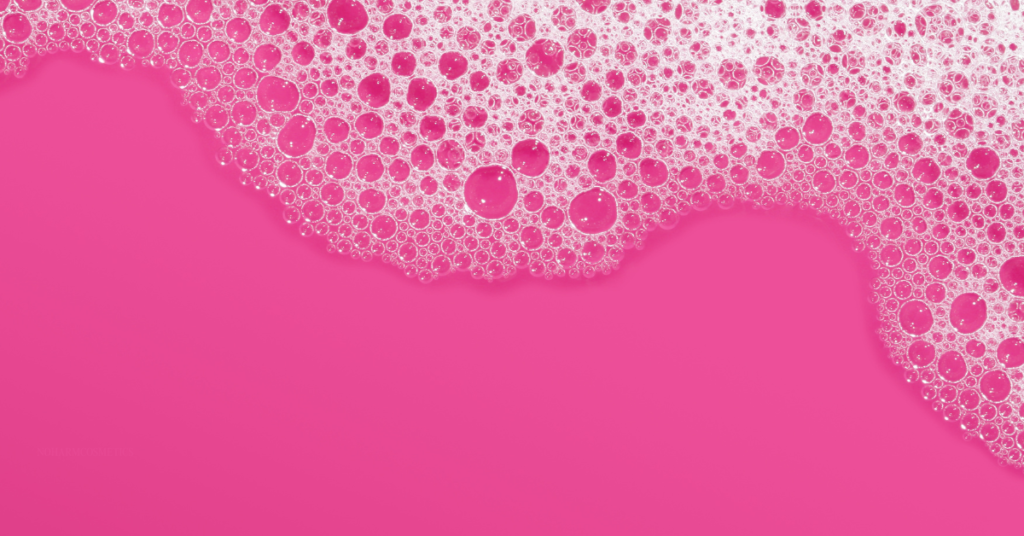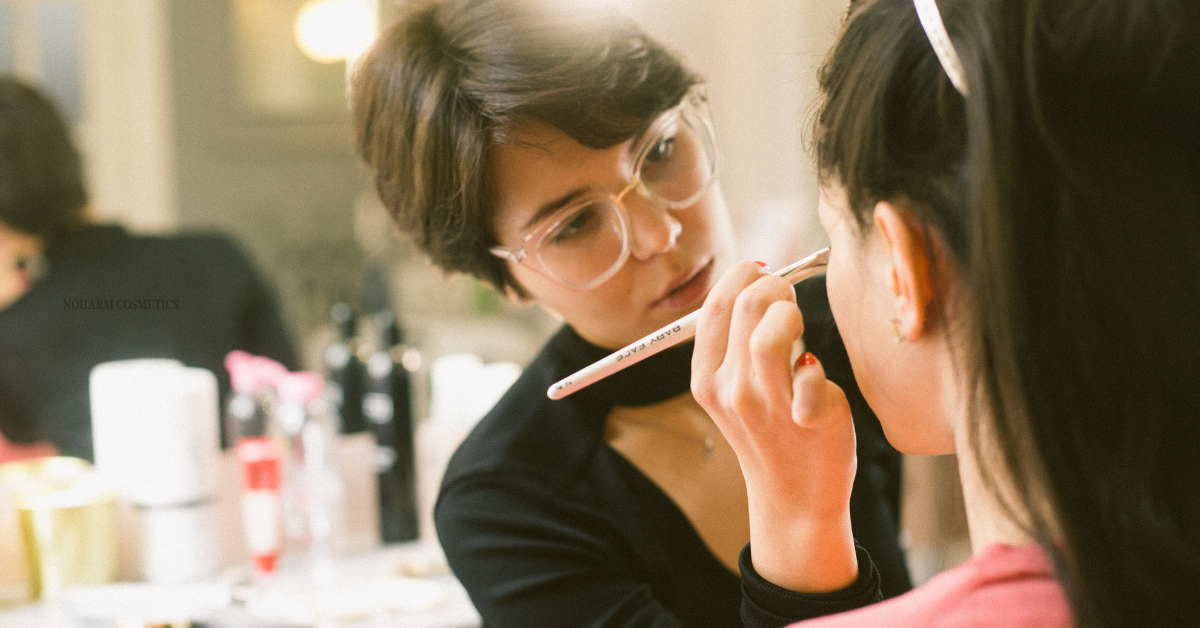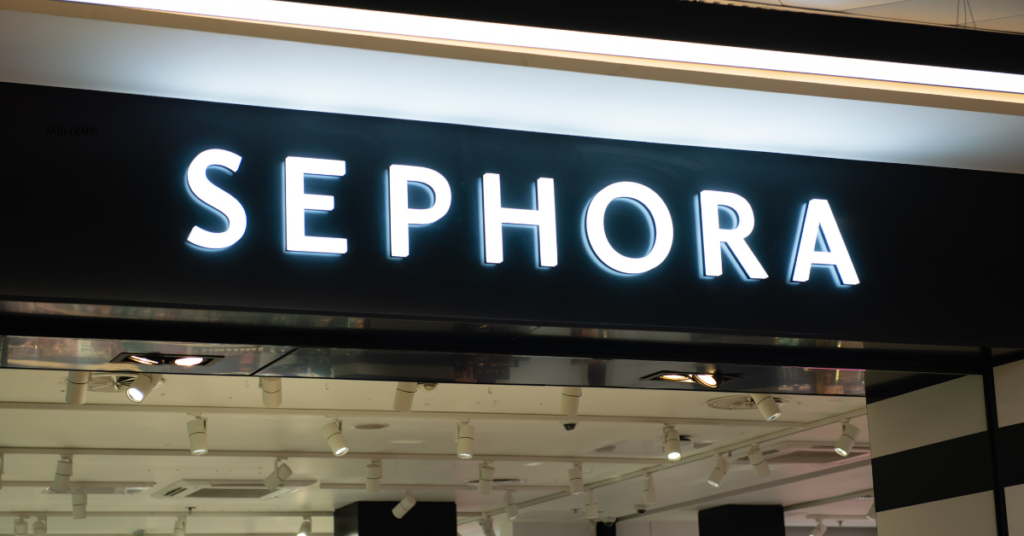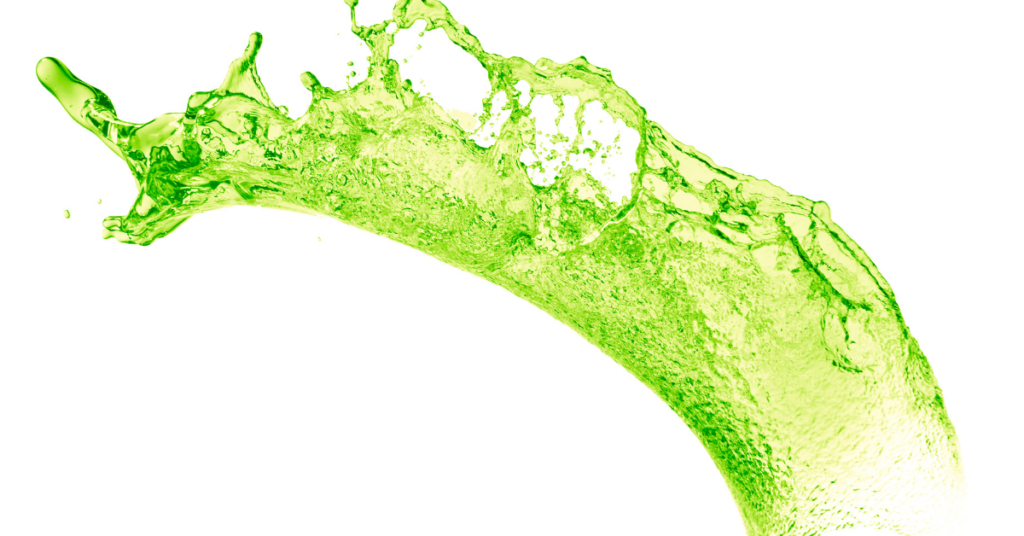If you’ve ever taken a closer look at your beauty products—maybe scanning for ingredients you can’t pronounce—you might have stumbled into a whole world of confusing chemistry. One name that’s been showing up more lately is 1,4-dioxane, often mentioned alongside something called “ethoxylated ingredients.” It sounds intense, and maybe even a little alarmist. But is it actually something to worry about?
What Are Ethoxylated Ingredients, and Why Are They Everywhere?
Ethoxylated ingredients are super common in personal care—things like PEGs, polysorbates, or ingredients ending in “-eth” like laureth-7. They help your shampoo foam, your moisturizer feel silky, and your cleanser rinse clean without residue. They’re made through a chemical process called ethoxylation, which uses ethylene oxide—a petrochemical that happens to be a known carcinogen. During that process, a byproduct called 1,4-dioxane can form.

How Dangerous Is 1,4-Dioxane, Really?
No one’s putting 1,4-dioxane in products on purpose. It’s not an ingredient you’ll see on the label. But it can end up in the final formula as a contaminant. According to the EPA, 1,4-dioxane is “likely to be carcinogenic to humans.” It’s also been found in drinking water and is notoriously hard to filter out.
The Industry’s Take: It’s All Under Control
Some manufacturers use a process called vacuum stripping to remove 1,4-dioxane from products, and many argue that the amounts left behind are minimal—well within safety limits. A 2021 article in Happi magazine suggests that concern over 1,4-dioxane is largely overblown, calling proposed bans and restrictions an unnecessary disruption to long-standing formulations.
But here’s where things get complicated. 1,4-dioxane is classified by the EPA as a likely human carcinogen, and exposure can come not just from a single product, but from repeated, daily use of multiple products over time. It’s not about panic—it’s about recognizing that even low-level contamination matters in the context of chronic exposure. That’s especially true when we’re talking about an industry that still has the option to avoid these ingredients entirely.
So while the industry may view consumer concern as alarmist, there’s a growing chorus of scientists, public health advocates, and ingredient-conscious shoppers who disagree. And that’s not fear-mongering—it’s just a rational response to real data.
But What Do Consumers Actually Know?
Most of us have no idea whether our products contain 1,4-dioxane, because companies aren’t required to tell us if they test for it—or if they’re even trying to remove it. So we’re left guessing. And when there are alternatives that don’t involve ethoxylation at all, some consumers are starting to ask why we’re still relying on this process at all.
The Bigger Picture: Oil, Gas, and Clean Beauty
Ethylene oxide—the chemical that starts this whole chain—is derived from fossil fuels. So this isn’t just about trace contamination, it’s also about how the cosmetic industry is tied to the oil and gas economy. It makes you wonder, are these ingredients being used because they’re necessary—the best ingredients available, or just because they’re cheap and convenient?

Fear-Mongering or Fair Concern?
No one’s saying cosmetics are toxic. But calling attention to how things are made—and who benefits from the way things are—isn’t fear-mongering. It’s just being thoughtful.
So no, it’s not hype to ask questions about 1,4-dioxane. It’s actually part of a much bigger conversation: what does “clean” really mean? And what do we, as consumers, have a right to know?
Further Reading:
– U.S. Environmental Protection Agency. Technical Fact Sheet – 1,4-Dioxane
https://semspub.epa.gov/work/01/575107.pdf
– U.S. Food & Drug Administration. 1,4-Dioxane in Cosmetics




